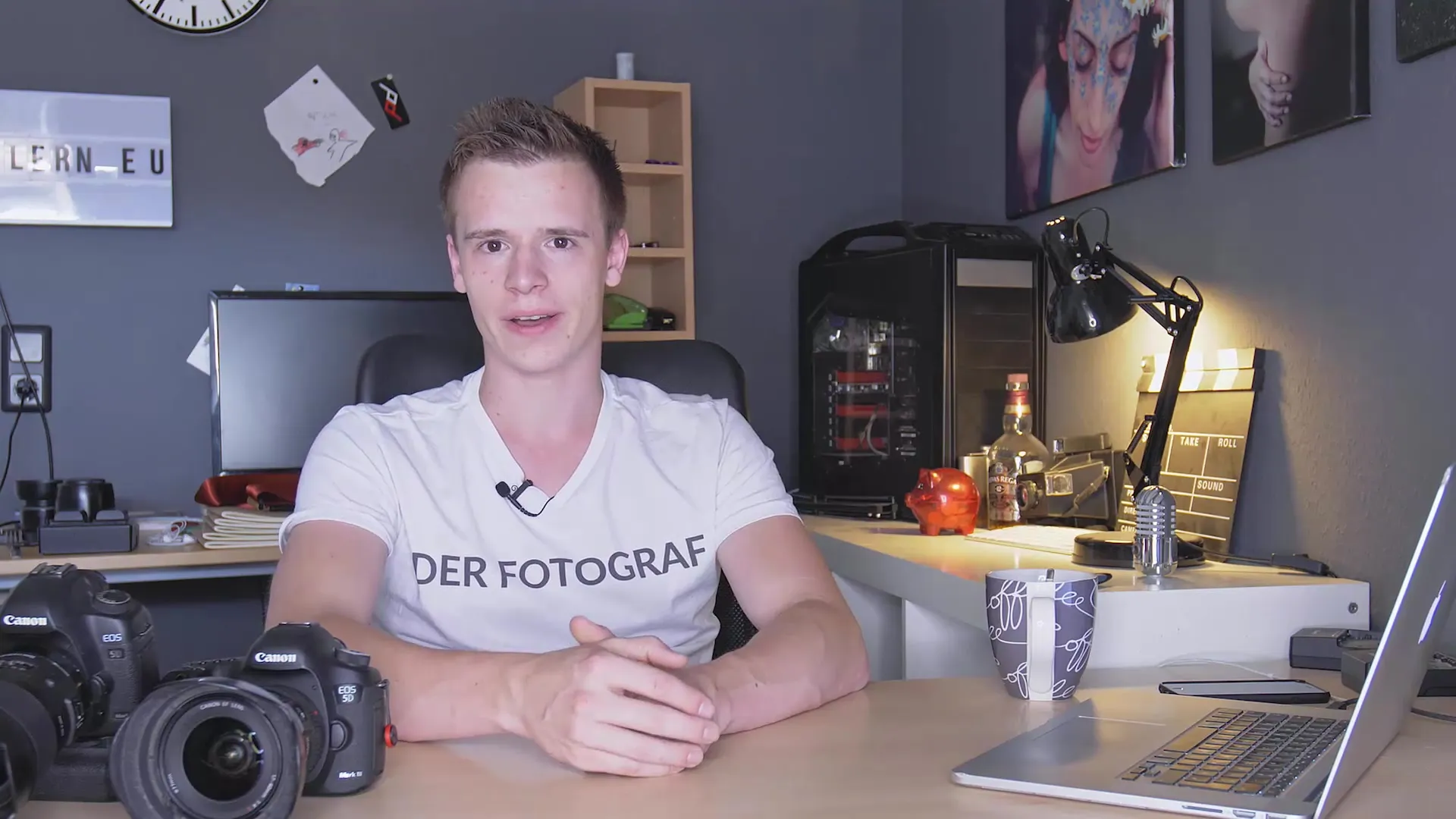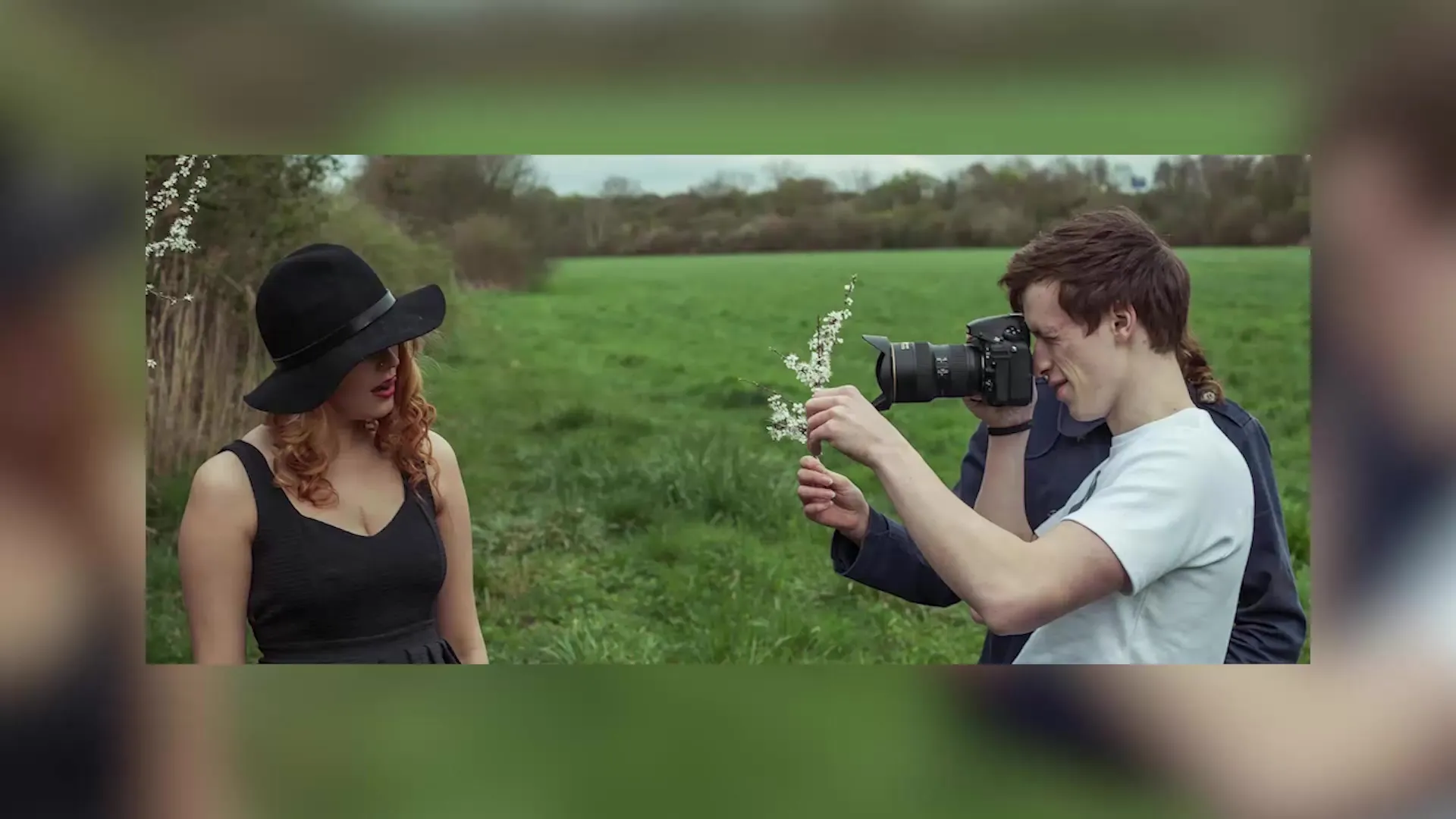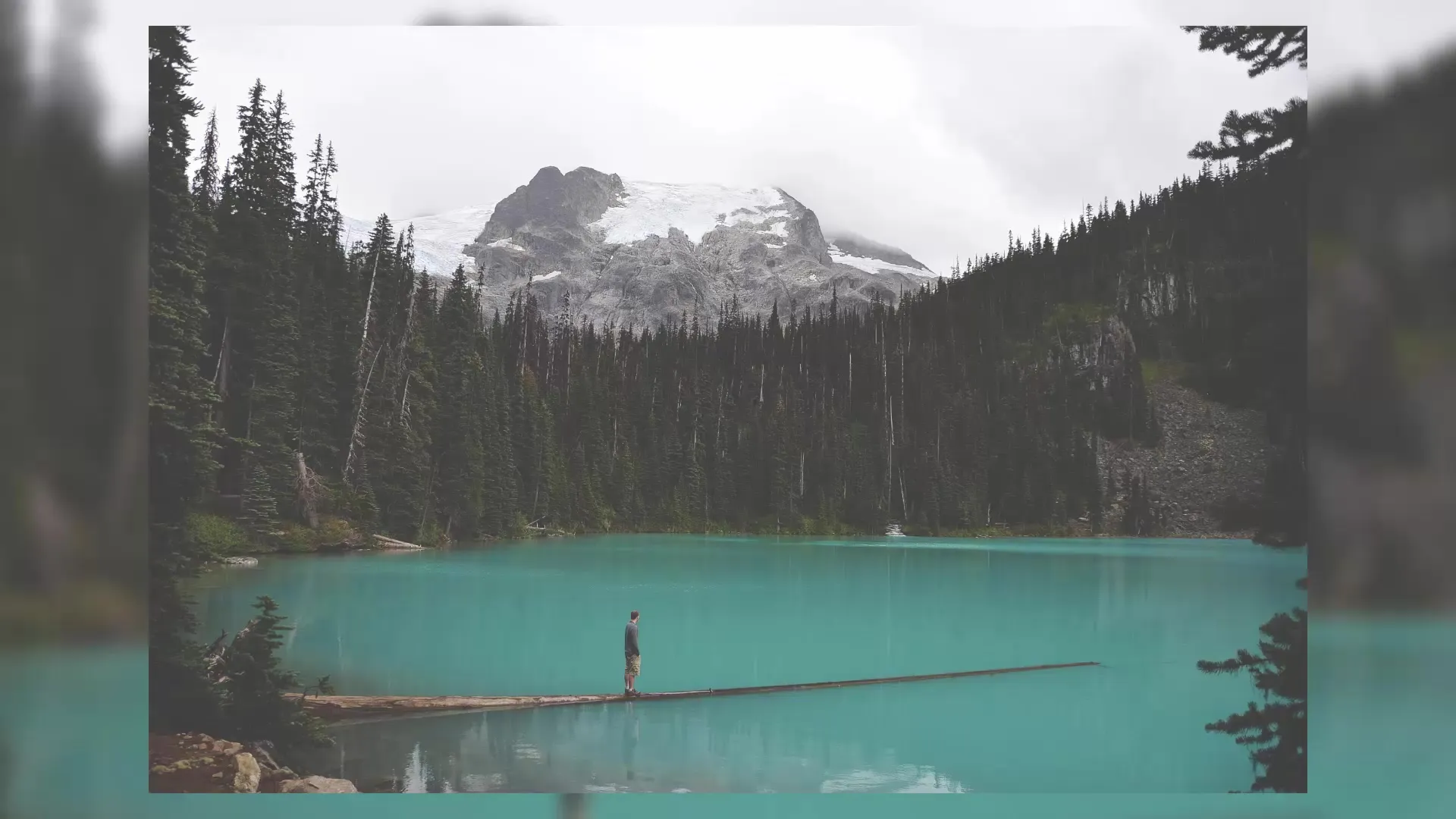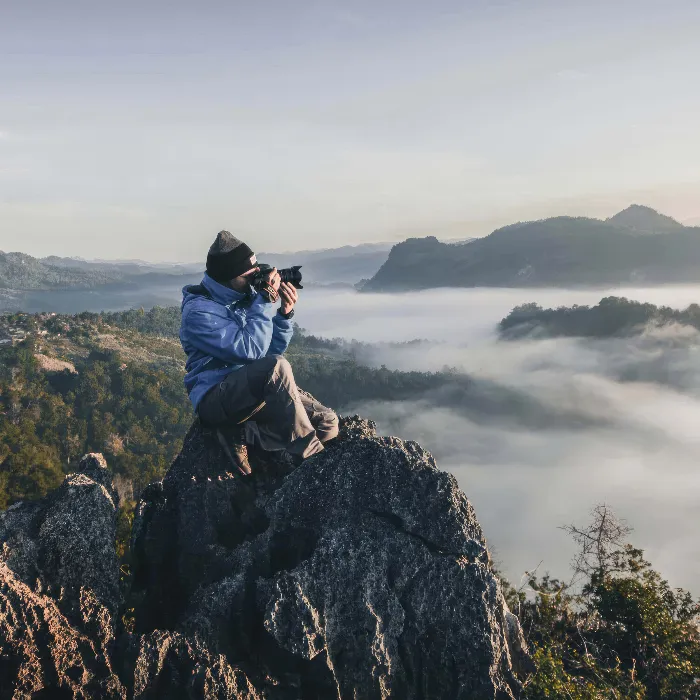Capturing the depth in the image is an essential element of photography. It brings a three-dimensional quality to your images and brings them to life. The manipulation of blur plays a crucial role in highlighting the main subject and ensuring an appealing image composition. In this guide, I will show you how to increase depth in your photos using simple techniques.
Key Insights To achieve depth in your images, you can use the following approaches:
- Divide your image into three layers (foreground, main subject, and background).
- Use blur to separate the different layers.
- Experiment with various objects in the foreground to emphasize space in the image.
Step-by-Step Guide
Start by dividing your image into three layers – foreground, main subject, and background. This structure encourages the viewer to perceive the depth of your shot. This simple technique is the key to creating three-dimensionality in your photography.

Another crucial aspect is the use of blur. You can apply this technique to purposefully make the foreground and background blurry while keeping your main subject clear and sharp. This draws the viewer's gaze to what matters. An example of this would be flowers in the foreground that are softly blurred, while there is a clear focus on the main subject – such as a person.

At this point, the color design is also important. Brightness and color contrasts play a role in directing the viewer's gaze. If your main subject is darker than the foreground, the viewer's gaze will automatically be drawn to that object. Experiment with brightness and contrast to optimize the effect of your images.
To create this depth not only in portraits but also in landscapes, you can place an interesting element in the foreground. Instead of simply photographing a beach with sky, perhaps an interesting object or a plant that makes the image more appealing. Such elements can help highlight the dimensions of the landscape photograph.
Furthermore, it is helpful to hold certain objects right in front of the camera. An example is photographing flower petals that you position in the foreground. This creates blur and brings additional depth to the image. Ensure that the colors of the object in the foreground harmonize with the background.

Experiment with different objects and see how they affect the image. Hold various things in front of your camera to vary the blur, and crack the right combination of foreground, background, and main subject that gives your image the desired depth.

Summary — Depth in the Image: A Guide to Effective Image Design
Creating depth in your photographs can be effectively achieved through simple composition techniques and the use of blur. By dividing your image into three layers, playing with colors, and placing interesting elements in the foreground, you can significantly enhance the visual aspects of your photos.
Frequently Asked Questions
What is the main purpose of image depth?The main purpose of image depth is to create a three-dimensional impression and make the image more vibrant and engaging.
How can I effectively use blur?Use blur in the foreground and background to direct attention to your main subject and enhance the depth effect.
Do I always have to use objects in the foreground?Not necessarily, but adding objects can make the composition more interesting and convey better space.
What if the colors in the foreground clash with the background?Ensure that the colors harmonize with each other. Experiment with different objects to find the optimal combination.
Can I create depth in landscapes?Yes, by placing interesting elements in the foreground, you can enhance the dimensions of the landscape shot.


